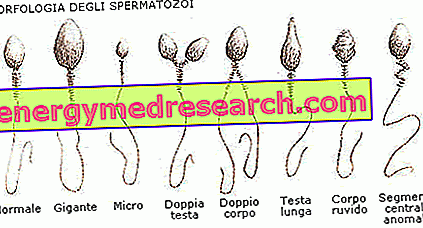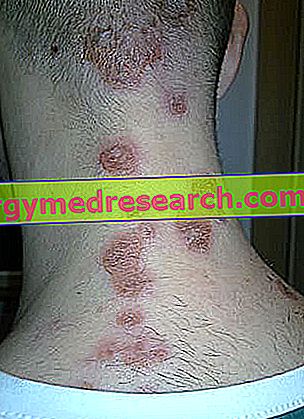The spermiogram is a laboratory test aimed at the study of seminal fluid, still considered a basic tool in the evaluation of male fertility. The answers given by the spermiogram on reproductive capacity are not definitive, since they are an in vitro study that may not reflect the behavior of the seminal fluid in the female reproductive system. Furthermore, the study of the spermiogram is related to a single ejaculation and it can happen, for example, that in that particular episode the number of spermatozoa is only occasionally lower than the limits considered normal, or that the fertilizing capacity is still maintained. Despite these limitations, the spermiogram remains an important first-level test for the classification of male infertility.

The patient's fundamental contribution to the success of the spermiogram
In order for the results of the spermiogram to be reliable it is essential that the exam complies with some basic rules. It requires in particular:
- complete abstinence from sexual activity of not less than three days and no more than five days.
- Ejaculation obtained exclusively by masturbation (avoiding, unless otherwise instructed, the use of a condom or the technique of interrupted coitus).
- Before masturbation proceed with proper hand and penis hygiene.
- Collect the entire emission of semen in the sterile jar; after ejaculation, squeeze the penis to release all the semen from the urethra.
- Use suitable and sterile containers (generally, wide-mouth urine binders are used, labeled with the name of the person examined).
- Carefully close the container to prevent accidental loss of the sample during transport and delivery.
- After ejaculation, have the sample prevented at the testing laboratory within 30/60 minutes, saving thermal shocks (less than 20 ° C and more than 40 ° C). For these reasons, when possible, sample collection should be performed directly at the laboratory.
- Report any therapies and illnesses (in particular with fever) in the last three months to the healthcare staff. Also report any sample losses during collection or transportation, and any other violation of the rules listed above.
What is the exam?
During the spermiogram three fundamental parameters of the seminal fluid are studied: concentration (number), motility (ability to move) and morphology (shape) of the spermatozoa. These three characteristics influence the fertilizing capacity of the same, that is the ability to go up the cervix and the uterus to the site of the egg cell, undergo capacitation (a series of transformations that increases its fertilizing capacity), penetrate the radiated crown, sacrifice in order to undermine the resistance of the zona pellucida and allow a single sperm to break through the nucleus, where it will unite its genetic heritage with that of the oocyte.
The results of the spermiogram
The World Health Organization (WHO) considers a ejaculate to be normal with:
| Parameter | Unit of measure | Reference values |
| Ejaculate volume | Milliliter (ml) | > 1.5 ml |
| Sperm concentration | Millions per milliliter (Millions / ml) | > 15 million / ml |
| Total number of spermatozoa | Millions | > 39 million |
| Total sperm motility | % spermatozoa | > 40% |
| Progressive sperm motility | % spermatozoa | > 32% |
| Sperm vitality (viable spermatozoa) | % spermatozoa | > 58% |
| Spermatozoa with normal morphology | % spermatozoa | > 4% |
Other reference parameters: fructose:> 13 µmol / ejaculate; seminal pH: 7.2-8.0; white blood cells: less than 1 million / ml.
Note: the normal ranges may vary from laboratory to laboratory, also in relation to the bibliographic sources consulted.
Possible spermiogram results:
- Normozoospermia: normal ejaculate, according to the reference values.
- Astenozoospermia: alteration of sperm motility.
- Oligozoospermia (or simply oligospermia): reduced sperm count.
- Cryptospermia: severe sperm deficiency (absence of sperm in the ejaculate but presence of sperm in the centrifuged).
- Azoospermia: absence of spermatozoa in the seminal fluid.
- Teratozoospermia: alteration of sperm morphology.
- Hypospermia or oligoposia or hypoposia: reduction of the ejaculate volume.
- Hyperposia: increase in ejaculate volume.
Oligoastenoteratozoospermia: alteration of all variables.
The results of the spermiogram, given the premise made at the beginning of the article, must be confirmed in two subsequent exams, collected in an interval between one week and three months. A third sample must be collected after at least a quarter from the first spermiogram, in order to have a totally new sperm population available for analysis (the maturation time of male germ cells, followed by 10 more 15 days of epididymal maturation). This last consideration also makes it necessary - in order to verify the results of any therapies undertaken - to wait at least three months after their beginning before repeating the spermiogram.



